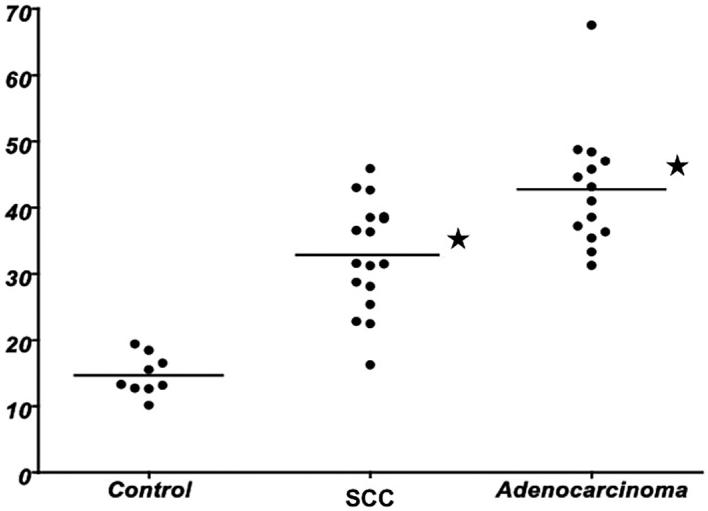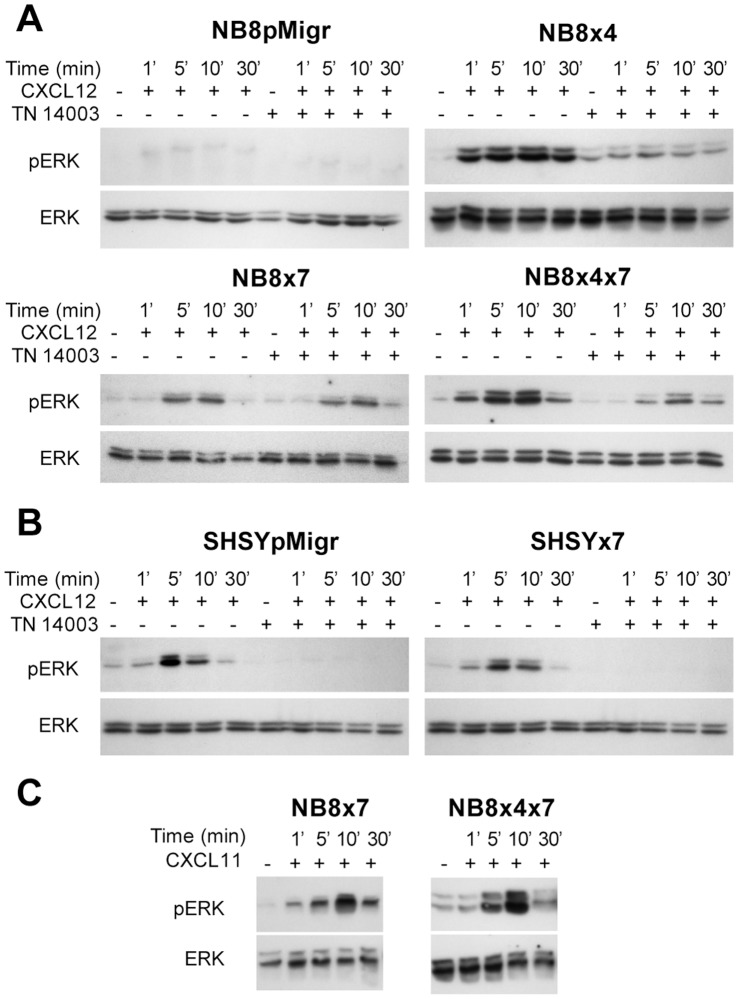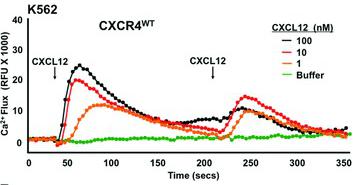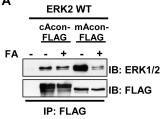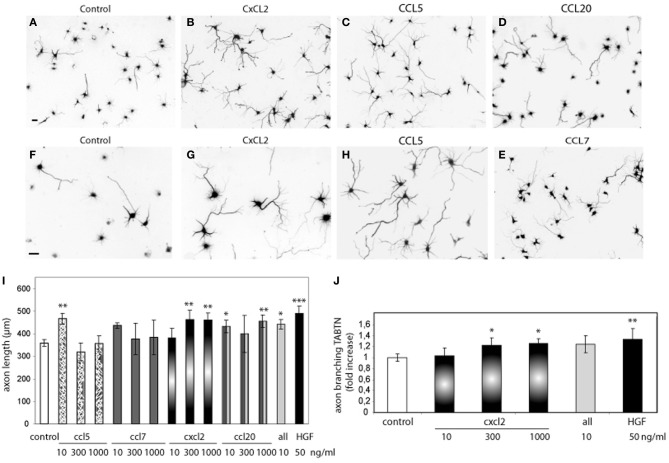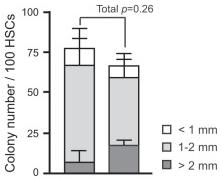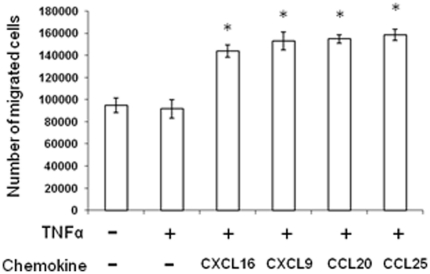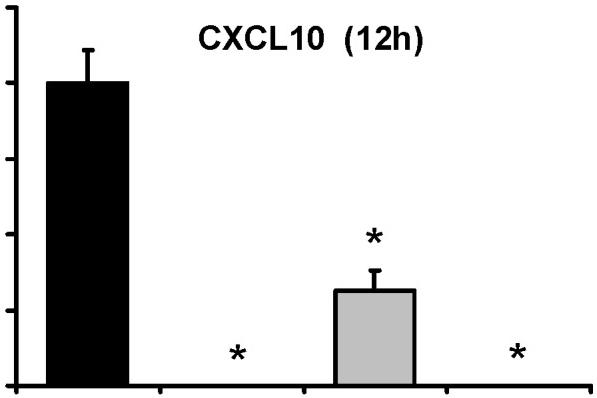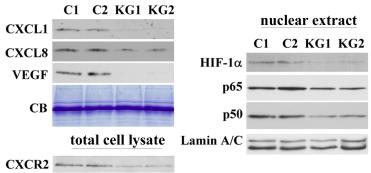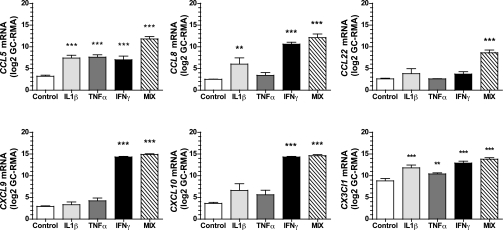Human GRO-alpha (CXCL1)Recombinant
Categories: CXC chemokinesRecombinant Human Cytokines$70.00 – $2,700.00
Description
Accession
P09341
Source
Optimized DNA sequence encoding Human GRO alpha mature chain was expressed in Escherichia Coli.
Molecular weight
Native human GRO-alpha is generated by the proteolytic removal of the signal peptide and propeptide. The molecule has a calculated molecular mass of approximately 8 kDa. Recombinant GRO-a is a monomer protein consisting of 73 amino acid residue subunits, andmigrates as an approximately 8 kDa protein under non-reducing and reducing conditions in SDS-PAGE.
Purity
>97%, as determined by SDS-PAGE and HPLC
Biological Activity
Determined by theability to chemoattract human neutrophils using a concentration range of.0-50.0 ng/ml.
Protein Sequence
MARAALSAAP SNPRLLRVAL LLLLLVAAGR RAAGASVATE LRCQCLQTLQ GIHPKNIQSV NVKSPGPHCA QTEVIATLKN GRKACLNPAS PIVKKIIEKM LNSDKSN
Endotoxin
Endotoxin content was assayed using a LAL gel clot method. Endotoxin level was found to be less than 0.1 ng/µg(1EU/µg).
Presentation
Recombinant GRO-alpha/CXCL1was lyophilized from a 0.2μm filtered concentrated (1mg/ml) solution inmM NaCl,mM PB, pH7.0.
Reconstitution
A quick spin of the vial followed by reconstitution in distilled water to a concentration not less than 0.1 mg/mL. This solution can then be diluted into other buffers.
Storage
The lyophilized protein is stable for at least years from date of receipt at -20° C. Upon reconstitution, this cytokine can be stored in working aliquots at2° -8° C for one month, or at -20° C for six months, with a carrier protein without detectable loss of activity. Avoid repeated freeze/thaw cycles.
Usage
This cytokine product is for research purposes only.It may not be used for therapeutics or diagnostic purposes.
Interactor
P25025
Interactor
Q16570
Interactor
P25024
Biological Process
Molecular function
Molecular function
Methods
Immunofluorescence Confocal microscopy
- For co-localization studies examining Duffy with early endosomal antigen (EEA) and lysosomal associated membrane protein (LAMP), DIH cells were grown in 24 well plates containing 12 mm glass coverslips.
- Cells were stimulated with or without 100 ng/mL human recombinant CXCL1/GRO-α or 50 ng/ml PDGF-BB for various time points, and then fixed with 2% paraformaldehyde in PBS for 1 hr and permeabilized with 0.1% Triton in PBS for 30 min.
- Cells were washed in 0.5% BSA in PBS (PBB), blocked with 2% BSA in PBS for 30 min, and incubated with primary antibodies mouse anti-Duffy 2C3 Fy6, rabbit anti-EEA (1∶100, , ) and rabbit anti-LAMP (1∶100, , ) for 1 hr at RT.
- Cells were washed 4 x with PBB then were stained with goat anti-mouse Cy3 (1∶1000 ), goat anti-rabbit Alexa 488 (1∶500) and phalloidin-Alexa 647 (1∶250) for 1 hr at RT.
- Cells were processed and imaged for confocal microscopy…



